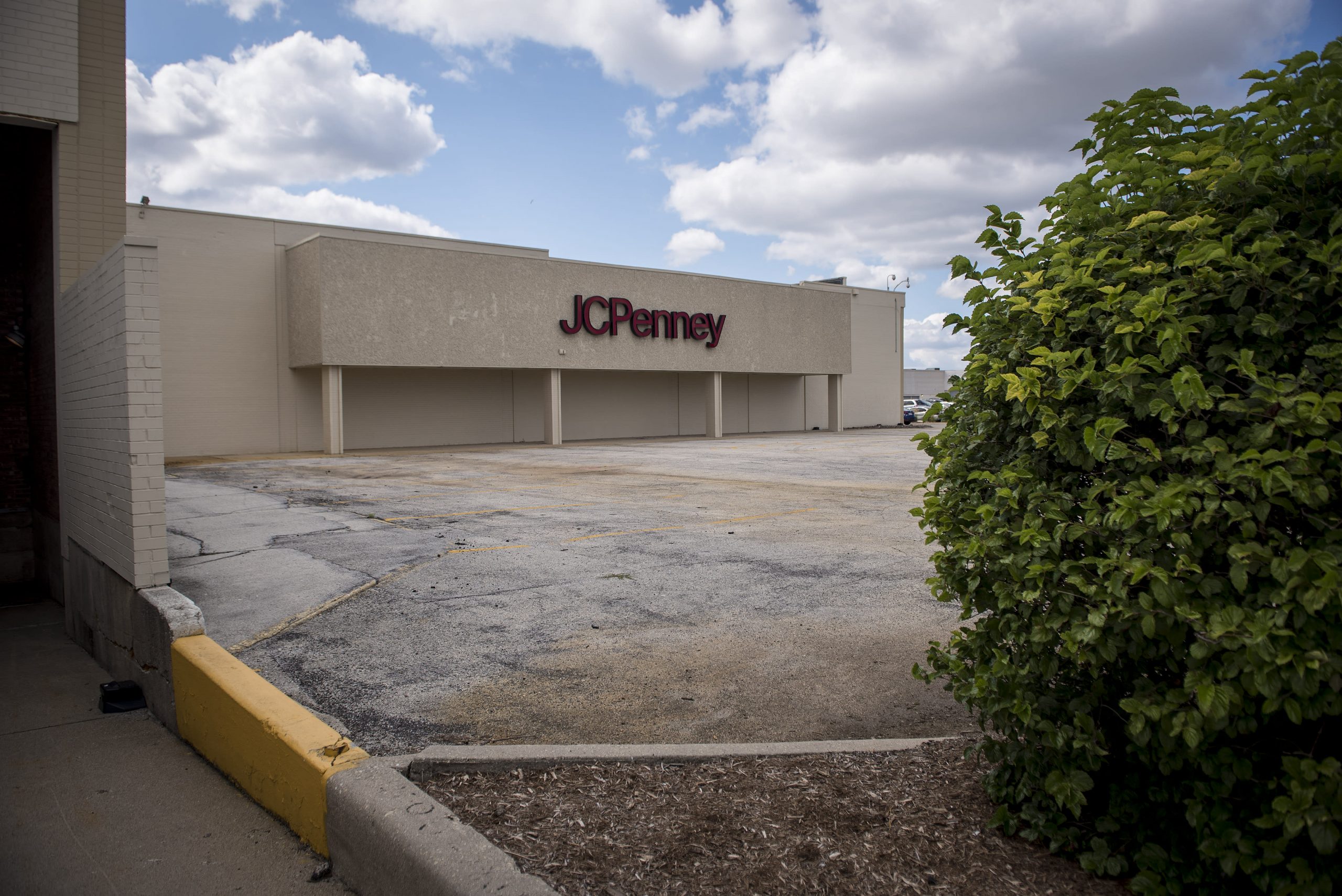
First, the department store closes. Then, the apparel shops try to scoot out of deals. This is a one-two punch that could trigger a wave of malls shutting for good over the next 12 months.
More than 50% of the department stores anchoring America’s malls are going to close permanently by the end of next year, a new report from Green Street Advisors predicts. There are about 1,000 malls still open in the U.S. And roughly 60% of those have department store retailers, such as Macy’s, as anchor tenants, the commercial real estate services firm said.
The coronavirus pandemic that has slammed the U.S. economy is speeding up the demise of department stores. As Covid-19 forced the likes of J.C. Penney, Macy’s, Nordstrom and Neiman Marcus to shut shops temporarily, the circumstances became even more dire for these already struggling companies. Slumping sales and an overhang of debt could push some into bankruptcy. Strained for cash, these retailers are scrambling for additional liquidity. More department store closures are inevitable. And that will put another level of pressure on mall owners.
Up until now, it has been years of “kicking the can down the road,” said Vince Tibone, an analyst at Green Street Advisors.
One likely scenario to play out at malls is that in-line tenants — such as Gap or Victoria’s Secret — will use their co-tenancy clauses to speak up as department stores go dark. Put simply, these clauses give companies the ability to demand rent relief, or to break leases early, when anchor space sits vacant. That pressure could be what puts some malls entirely out of business.
“Many malls will now be faced with multiple anchor vacancies, a tough place to come back from, especially in an environment where demand for space is virtually non-existent,” Tibone said. “This begs many questions. What will a mall redevelopment look like post-Covid? Backfilling with any retail could be tough and most non-retail development now likely doesn’t pencil.”
Dallas-headquartered Penney, which has more than 850 stores, makes up about 19% of mall anchor space, Green Street said. Macy’s is about 18%, while Sears is still 4%. And other department store operators (i.e. Nordstrom, Dillard’s and Lord & Taylor) make up another 20% of America’s mall anchor space, according to the report.
Mall owners’ finances are also being strained, as a number of tenants including Gap are not paying rent during the pandemic. That could mean some landlords aren’t able to make their own mortgage payments, and end up having to hand the keys to malls back to lenders.
Some, like Simon Property Group, have better balance sheets to weather the storm, analysts tell CNBC. Others have less time to spare.
CBL, which owns a number of malls in the Southeast including WestGate Mall in Spartanburg, South Carolina, has hired investment bank Moelis & Co. and law firm Weil, Gotshal & Manges to seek advice on strategic and financing options, including restructuring, according a Bloomberg report. A CBL representative did not immediately respond to CNBC’s request for comment.
Green Street is predicting that retailers’ rent-paying ability will be impacted for years because of the pandemic.
“The only certainty is that there will be far fewer department stores in the future and malls will need to adapt,” Green Street’s Tibone said.


 Signal2forex.com - Best Forex robots and signals
Signal2forex.com - Best Forex robots and signals




